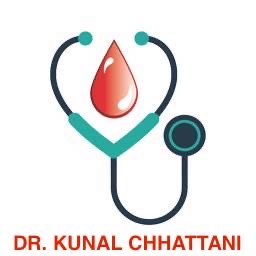+918042781346
Recently updated about

This is your website preview.
Currently it only shows your basic business info. Start adding relevant business details such as description, images and products or services to gain your customers attention by using Boost 360 android app / iOS App / web portal.
Description
Acute Myeloid Leukemia (AML) is a fast-growing cancer of the blood and bone marrow. It is characterized by the accumulation of immature white blood cells, called myeloblasts, which interfere with normal blood cell production. Cause AML arises from genetic mutations in myeloid stem cells, leading to: Uncontrolled growth of myeloblasts Reduced production of normal red cells, platelets, and mature white cells Risk factors include: Previous chemotherapy/radiation Exposure to chemicals (e.g., benzene) Smoking Genetic disorders (e.g., Down syndrome) Myelodysplastic syndromes or other blood disorders ⚠️ Symptoms Symptoms often develop rapidly and include: Fatigue Frequent infections Bleeding or bruising easily Pale skin (anemia) Fever Bone or joint pain Swollen gums Enlarged liver/spleen Petechiae (small red skin spots) 🧪 Diagnosis Complete Blood Count (CBC): Shows anemia, thrombocytopenia, and increased/decreased white cells Peripheral blood smear: Presence of blasts Bone marrow biopsy: Confirms diagnosis, usually >20% blasts Cytogenetics and molecular testing: Identify chromosomal abnormalities (e.g., FLT3, NPM1, CEBPA mutations) 🔬 Classification Based on: WHO classification (based on genetics and morphology) FAB classification (M0–M7) – older system based on cell type 💊 Treatment Treatment depends on age, health, and subtype: 1. Induction Therapy Goal: Achieve complete remission Standard: “7+3” regimen Cytarabine (7 days) + Anthracycline (e.g., daunorubicin – 3 days) 2. Consolidation Therapy Goal: Prevent relapse Options: High-dose cytarabine (HiDAC) Allogeneic stem cell transplant (in high-risk patients) 3. Targeted Therapies (based on mutations): Midostaurin – for FLT3 mutation Enasidenib – for IDH2 Ivosidenib – for IDH1 Gemtuzumab ozogamicin – anti-CD33 monoclonal antibody 4. Supportive Care Transfusions Antibiotics Growth factors (e.g., G-CSF)

